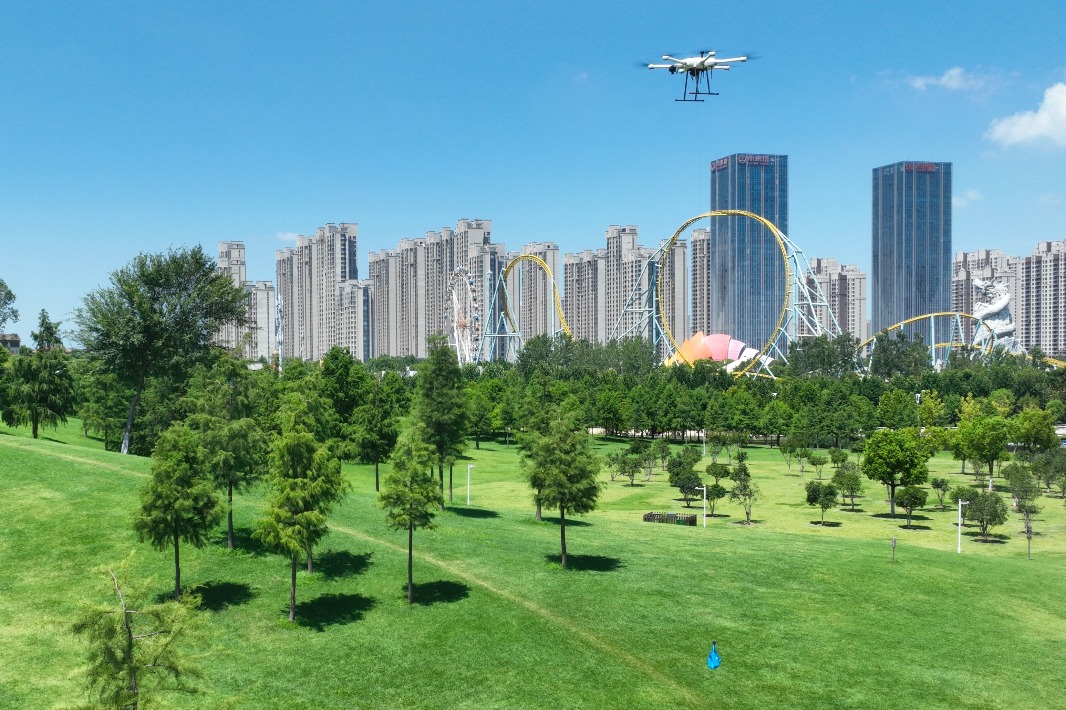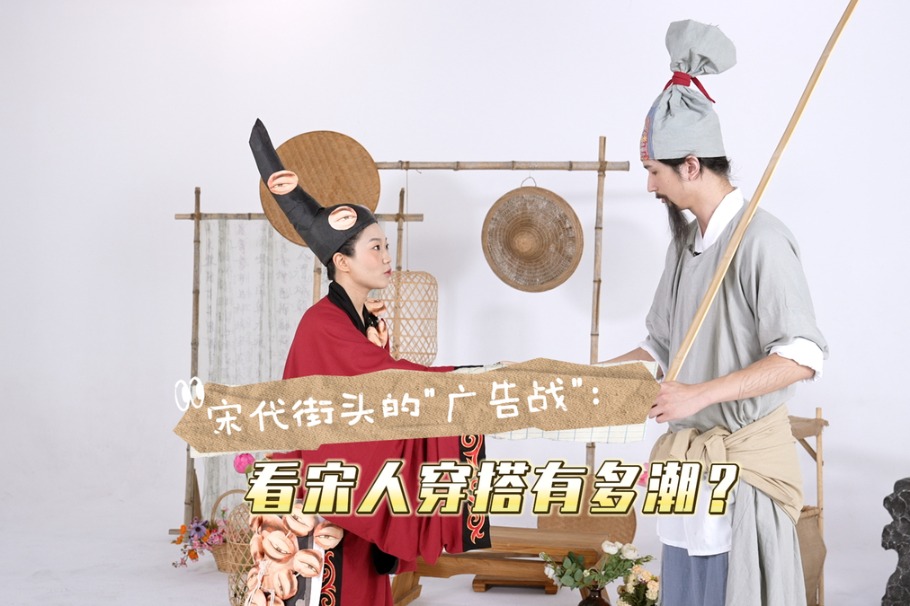Yinxu slowly reveals its secrets
More complete picture of ancient capital emerges as archaeologists unearth detailed road network, Wang Ru reports.
By Wang Ru | China Daily | Updated: 2025-01-16 08:48

Archaeologists believe that besides the already confirmed roads, there may have been two more north-south roads, but further studies are required to identify them.
In addition, they also discovered two sections of the ancient river course of the Huanhe.
Earlier findings of the royal mausoleum area, including trenches found to have surrounded the graves and sacrificial pits, believed to be part of a moat system designed to protect the mausoleum, were listed as one of China's top 10 archaeological discoveries in 2022.
Since then, archaeologists have continued to study the royal mausoleum area. Recently, they found two large-scale tombs in the west trench, one of which has a tomb passage, which symbolizes the high social status of its occupant.
They have also found a settlement dating back to the early stages of the Western Zhou Dynasty (c. 11th century-771 BC) in the western part of the area. It covers 80,000 square meters and is the largest settlement from that era discovered in Yinxu to date, Niu says.
According to veteran archaeologist Wang Wei, the settlement may shed light on how the Western Zhou people used Yinxu after they conquered the Shang Dynasty.
Forty-eight sacrificial pits have been excavated to the east of the western trench. The pits fall into three sizes: large, medium and small, with large ones predominant. Excavations have confirmed that they are divided into six rows, and most contain horse sacrifices. Additionally, evidence of human, cow, dog, pig, elephant, bird and other sacrifices has been found.
























